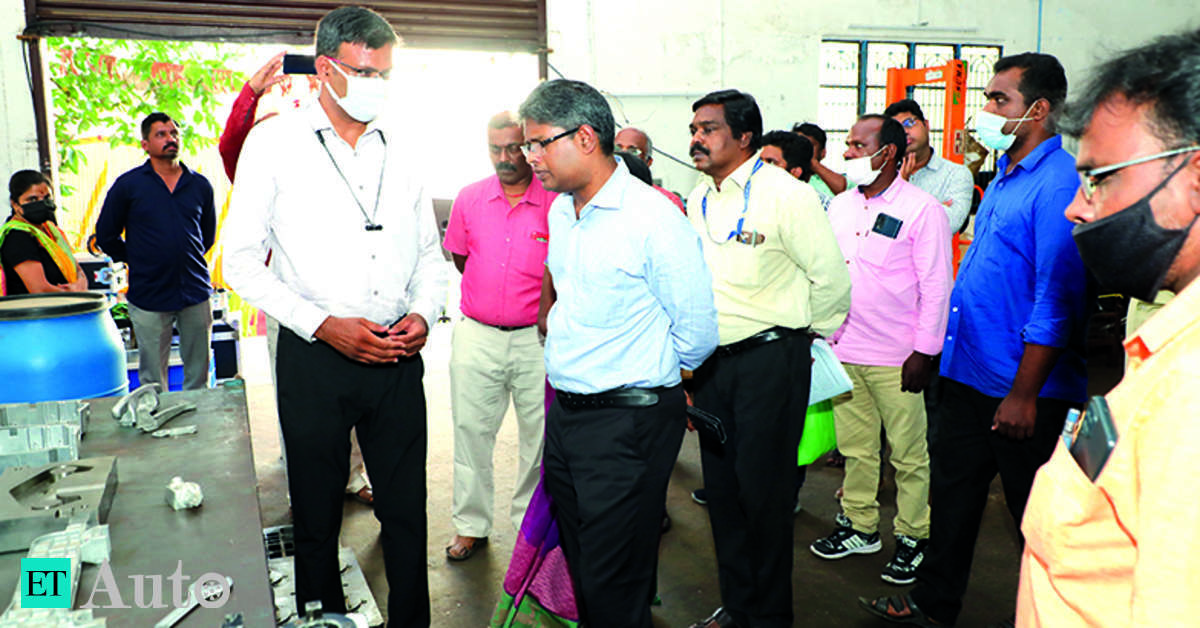Aluminum Die Casting and Permanent Mold Casting are two popular methods used to manufacture metal parts. While Permanent Mold Casting has been around for centuries, Aluminum Die Casting is a more modern process that offers many advantages, such as excellent dimensional accuracy and surface finish.

The die-casting process involves injecting molten metal into a metallic die under high pressure. The metal is then cooled and solidifies in the shape of the die, resulting in a part that reflects the intricate details of the mold. This process is known for producing parts with high dimensional accuracy, with tolerances as low as 0.2% of the casting dimension.
Another benefit of Aluminum Die Casting is that it offers excellent surface finish. The casting process creates a smooth surface that requires little or no post-machining, making it an ideal process for parts with complex shapes and intricate details.
Comparing this to Permanent Mold Casting, it shares similarities to die-casting. However, the molten metal is poured into a permanent mold rather than a die, which is typically made of steel or cast iron. The cooling time is usually longer for permanent mold casting, but the process requires a lower injection pressure of only 1-5 MPA.
In terms of dimensional accuracy, both methods provide exceptional results, with Permanent Mold Casting offering high dimensional accuracy while producing parts with good surface finish.
However, when it comes to producing intricate and complex parts, Aluminum Die Casting has the upper hand. It is also ideal for larger production runs due to its fast cycle time and ability to hold tight tolerances.
To sum it up, Aluminum Die Casting and Permanent Mold Casting offer advantages in different areas but have similarities. Aluminum Die Casting offers better surface finish and is ideal for complex shaped parts with need less post-machining. Permanent Mold Casting is perfect for smaller runs and offers high dimensional accuracy, but may not be as ideal for intricate parts.
Regardless of which process is chosen, both methods provide excellent results and are widely used in the automotive, aerospace, and various industries today.